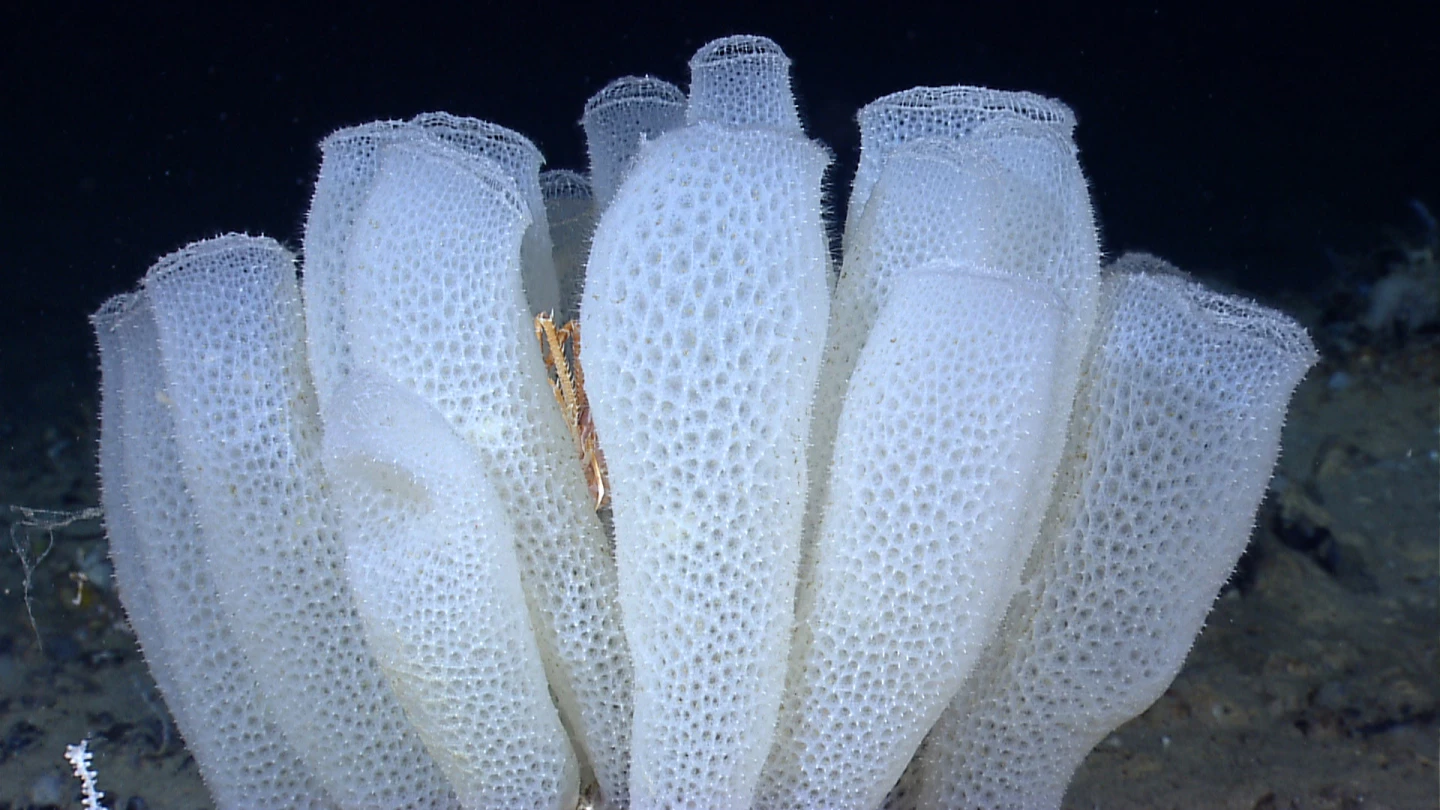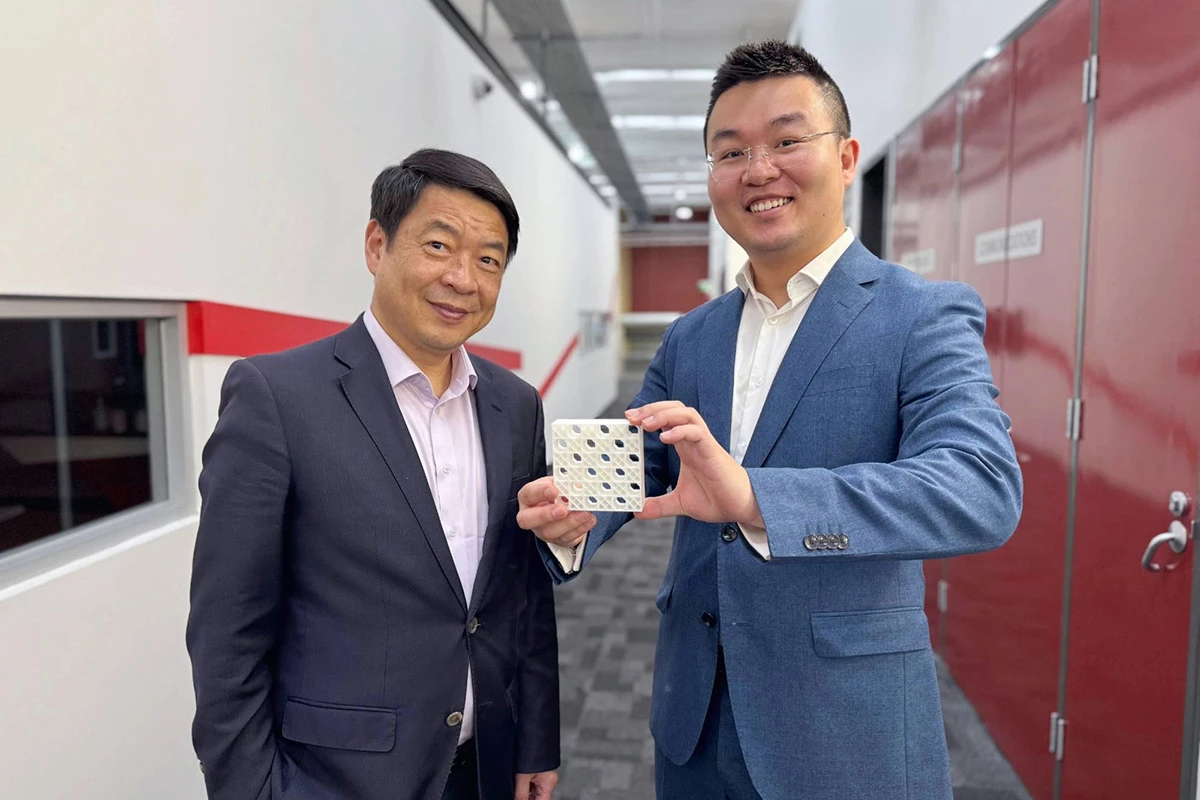All those sea sponges that live in deep oceans have a secret: their light lattice-like forms are astonishingly stiff and strong. Inspired by these fascinating creatures, researchers at Australia's RMIT University have developed a new structure to make significantly stronger materials for more durable buildings.
The team studied how the double lattice structure – seen in the skeleton of a sponge called Venus' flower basket – demonstrated not only impressive strength, but also auextic behavior – the ability to contract when compressed.
"While most materials get thinner when stretched or fatter when squashed, like rubber, auxetics do the opposite," explained Dr. Jiaming Ma, who authored the paper on this bio-inspired lattice structure (BLS) that appeared in Composite Structures in January. "Auxetics can absorb and distribute impact energy effectively, making them extremely useful."

The team at RMIT found that when you combine lattices in a structure similar to a deep-sea sponge, your material of choice can absorb more energy and handle more stress before deforming.
Using the same amount of material, the BLS affords 13 times more stiffness than existing auxetic materials (like those used in heart stents), absorbs 10% more energy, and exhibits a 60% greater strain range than existing designs – meaning it can deform a lot more before it starts to break.

The researchers tested this BLS design by 3D printing a sample made from thermoplastic polyurethane (TPU 95A). Their next step is to produce steel versions of this design for use with concrete to see how it holds up as a construction material.

"We’re developing a more sustainable building material by using our design’s unique combination of outstanding auxeticity, stiffness, and energy absorption to reduce steel and cement usage in construction," Ma explained. "Its auxetic and energy-absorbing features could also help dampen vibrations during earthquakes.”
The BLS design could also find use in protective sports gear and medical products that need to be light but strong.
Source: RMIT University






